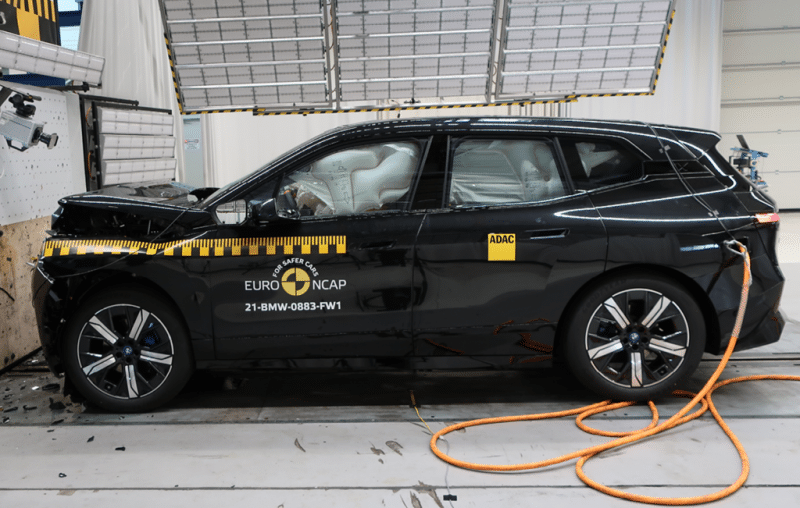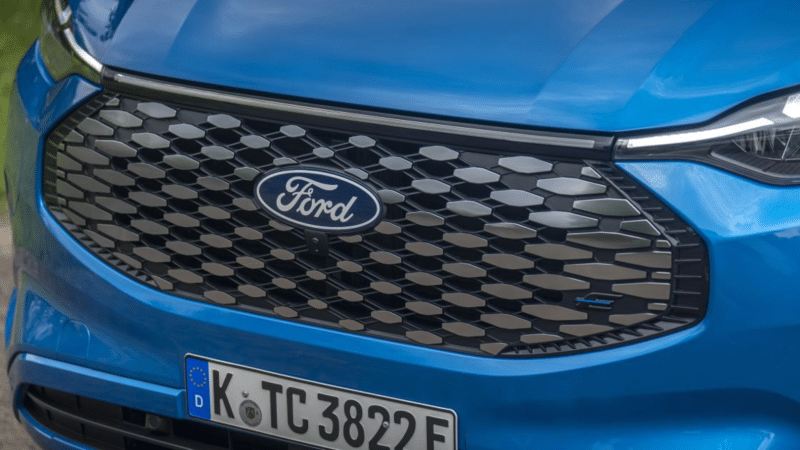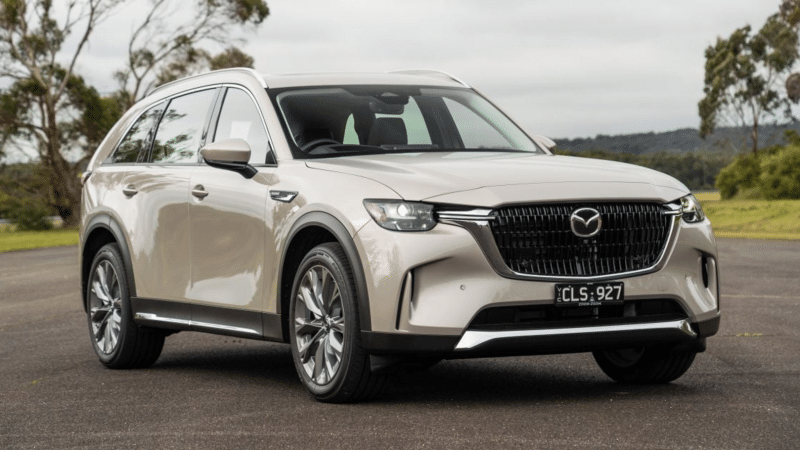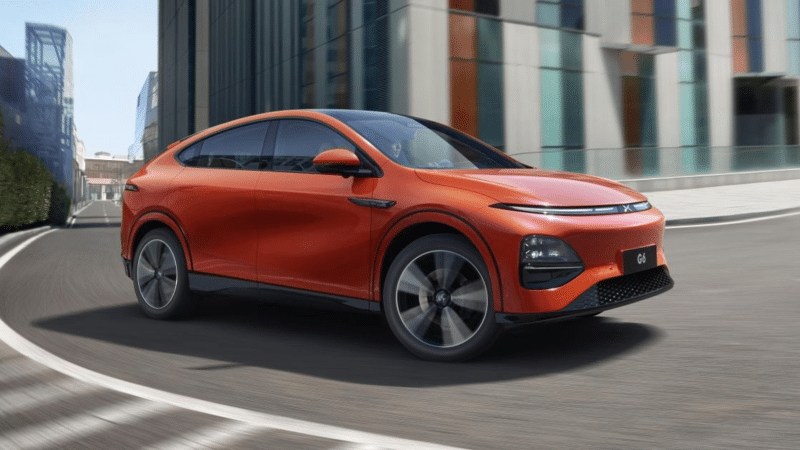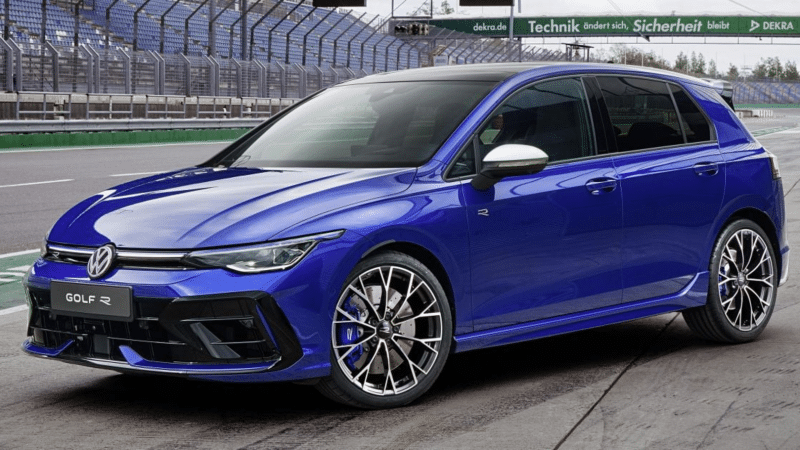ANCAP’s Claims of Credit for Road Safety Work Exposed
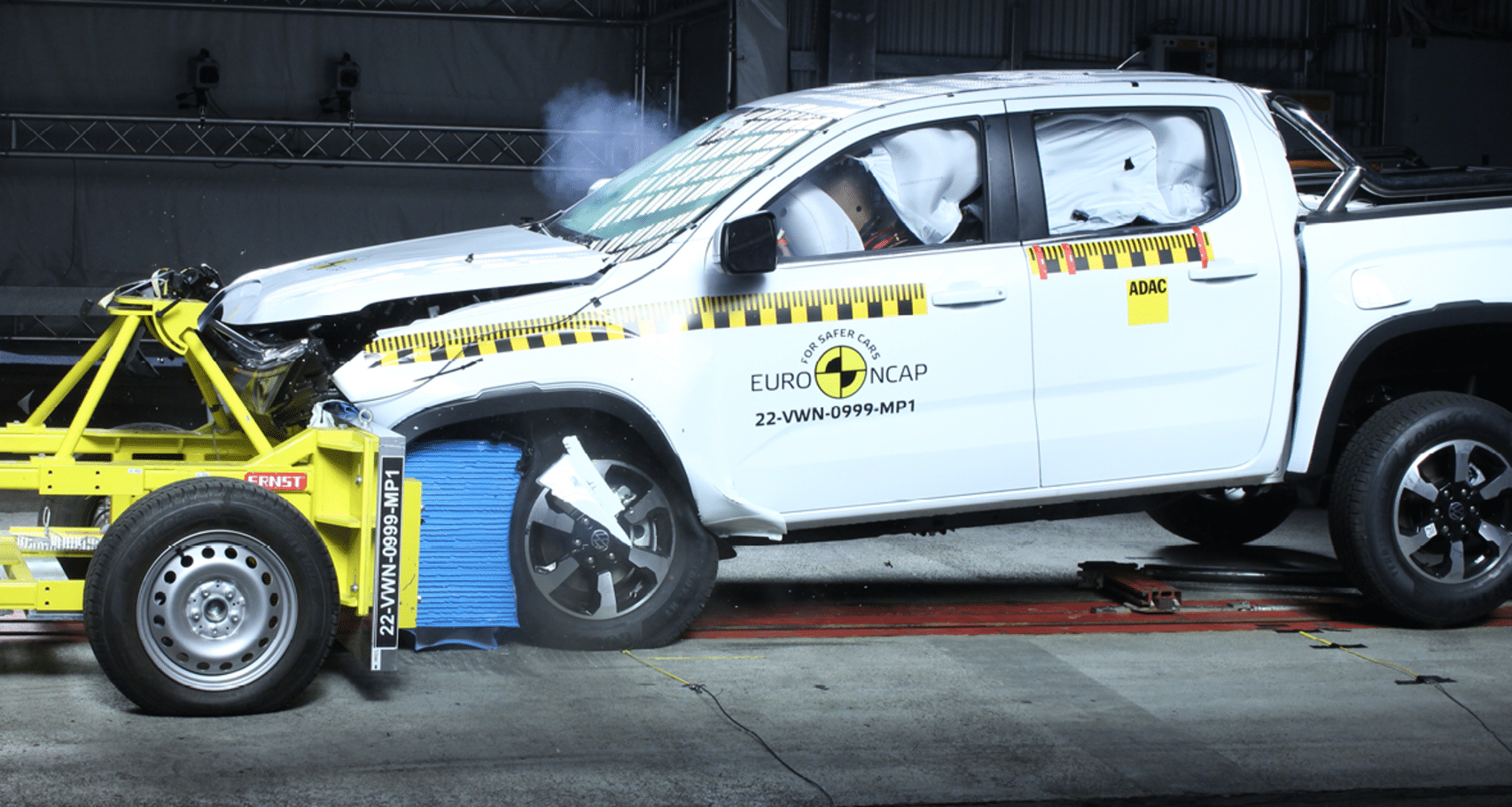
ANCAP’s Claims of Credit for Road Safety Work Exposed
Can ANCAP truly claim credit for road safety work when the majority of the testing and research is conducted by its European counterpart?
The Australasian New Car Assessment Program (ANCAP) has been taking credit for work it hasn’t actually done, according to recent revelations. While ANCAP is responsible for crash testing and assigning safety ratings to new cars in Australia, the majority of the work is carried out in Europe. The stark difference in spending between ANCAP and its European counterpart, Euro NCAP, raises questions about ANCAP’s claims of being the primary authority in road safety.
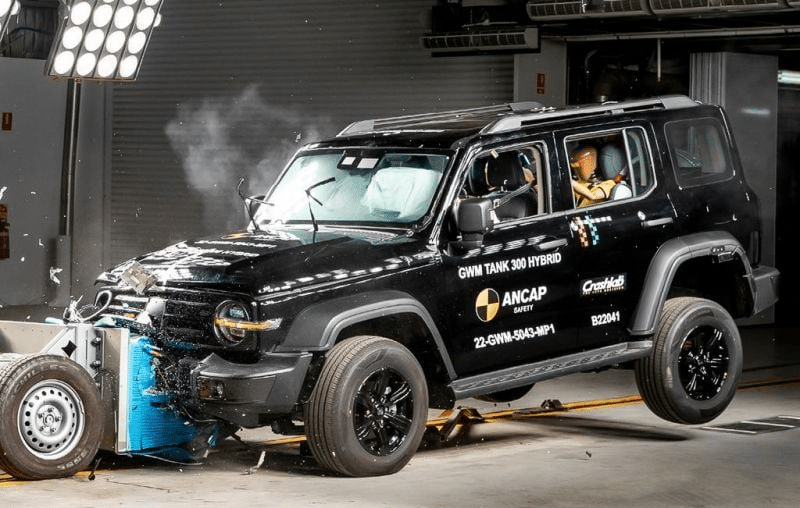
ANCAP’s financial records reveal that it spent $1.185 million to produce 34 star rankings in 2021-2022. In comparison, Euro NCAP invested a staggering $18.483 million in its comprehensive program. When it comes to crash testing, ANCAP’s spending is even more meager, at $840,000 for 14 tests, compared to Euro NCAP’s $11.1 million for 193 tests.
Surprisingly, car manufacturers themselves spent more on ANCAP crash testing, with a total of $5.457 million, in order to meet Australian safety requirements. ANCAP considers this amount to be a record, highlighting the value that vehicle brands place on ANCAP safety ratings. ANCAP attributes its ability to effect market change and communicate its messages to its solid member backing and their continued support.
ANCAP’s collaboration with Euro NCAP is essential to its operations. Through this partnership, ANCAP was able to publish results for an additional 24 models in 2021-2022. The influence of ANCAP’s safety ratings in new-car showrooms is seen as a competitive advantage for vehicle brands, leading to their continued funding of ANCAP’s tests and provision of test vehicles.
The financial revelations come as ANCAP celebrates its 30th year in Australia and secures a data-sharing agreement extension with Euro NCAP. The Federal Government has also committed $16.3 million to continue funding ANCAP for the next five years. However, ANCAP’s claims of credit for Euro NCAP’s research and star ratings have raised eyebrows. While ANCAP assesses and ratifies the raw data and methodology from Europe, it takes full credit for the research and ratings, which are nearly identical to Euro NCAP’s.
ANCAP’s most recent performance data shows that 94% of the 34 vehicles rated in 2021-2022 achieved the highest five-star rating. Only 6% of vehicles managed a 4-star score, with none scoring between zero and three stars.
The financial breakdown reveals that a total of $25.13 million was spent to produce the 34 star ratings, averaging $785,000 for each vehicle rated by ANCAP. ANCAP states that $9,747,000 worth of vehicles were destroyed in the name of safety, with $2,029,000 worth of vehicles provided by brands for local testing. In addition, 13 alternative powered models were rated.
High costs were attributed to rating specific vehicles, such as the BMW iX battery-electric car at $1.48 million and the Toyota LandCruiser at $1.25 million. ANCAP’s report also shows that its 21 member organizations, including the Federal Government, have contributed a total of $47.63 million to the organization’s funding over the past 16 years. For 2021-2022, ANCAP had a funding of $3.56 million, which it claims translated into $25.13 million in test results. However, the actual testing investment accounted for only one-third of the organization’s total spending.
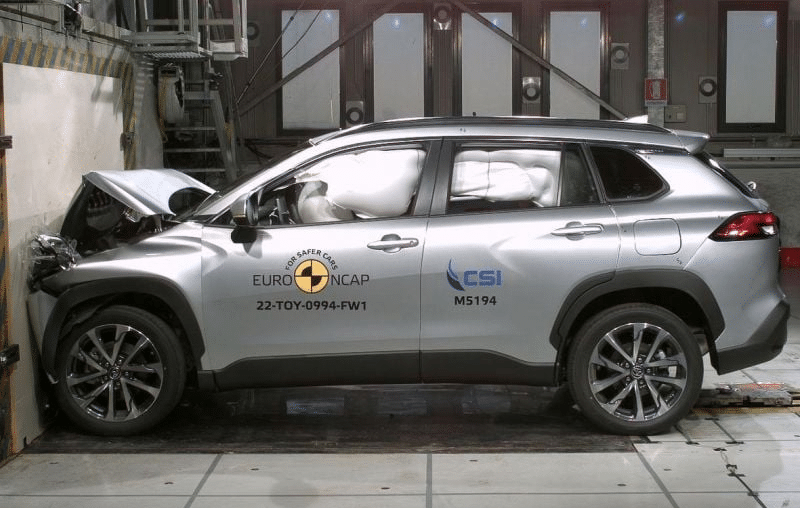
- ANCAP spends significantly less than Euro NCAP on crash testing efforts
- Car manufacturers allocate more funds for ANCAP crash testing to meet Australian requirements
- Collaboration with Euro NCAP allows ANCAP to publish results for additional vehicle models
- ANCAP’s influence in the market is attributed to member backing and support
- Financial details emerge as ANCAP celebrates its 30th year in Australia
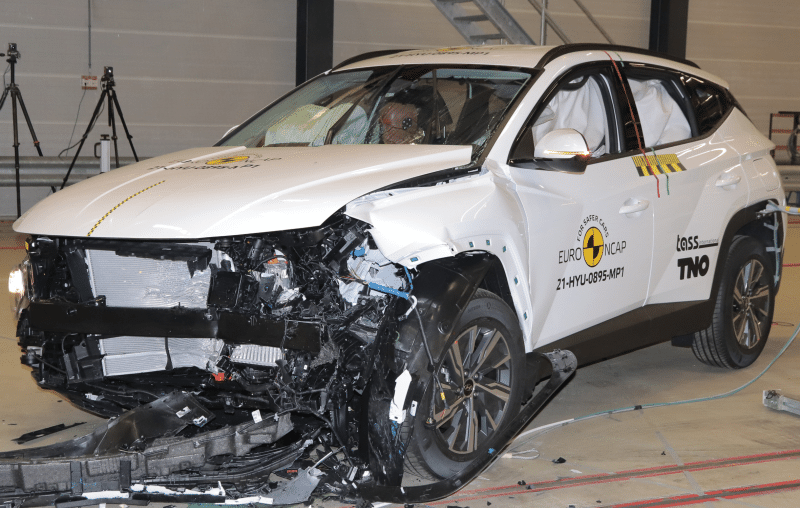
The recent revelations bring into question ANCAP’s claims of being the primary authority in road safety testing and ratings. The significant difference in spending between ANCAP and Euro NCAP, as well as the higher investment from car manufacturers themselves, raises doubts about ANCAP’s impact and credibility. While ANCAP celebrates its 30th year in Australia and secures continued funding, its reliance on Euro NCAP’s research and ratings becomes apparent. The scrutiny on ANCAP’s methods, funding, and results highlights the need for transparency and accountability in the realm of road safety.

